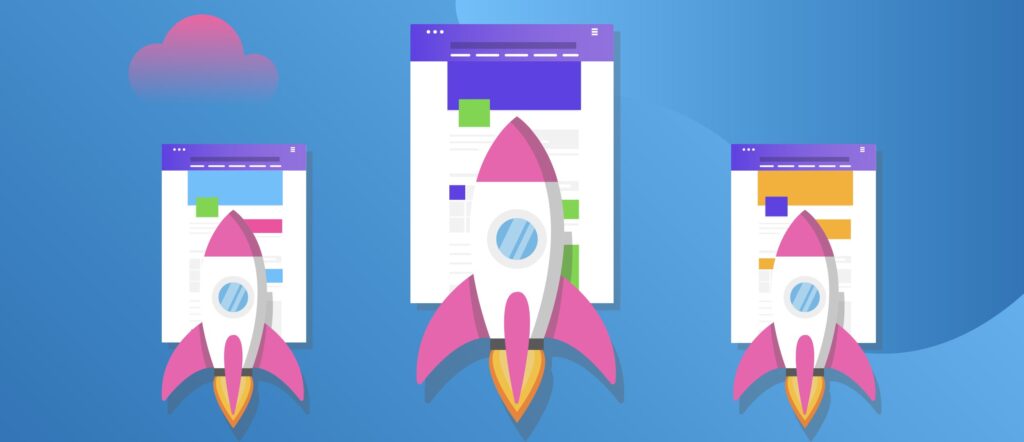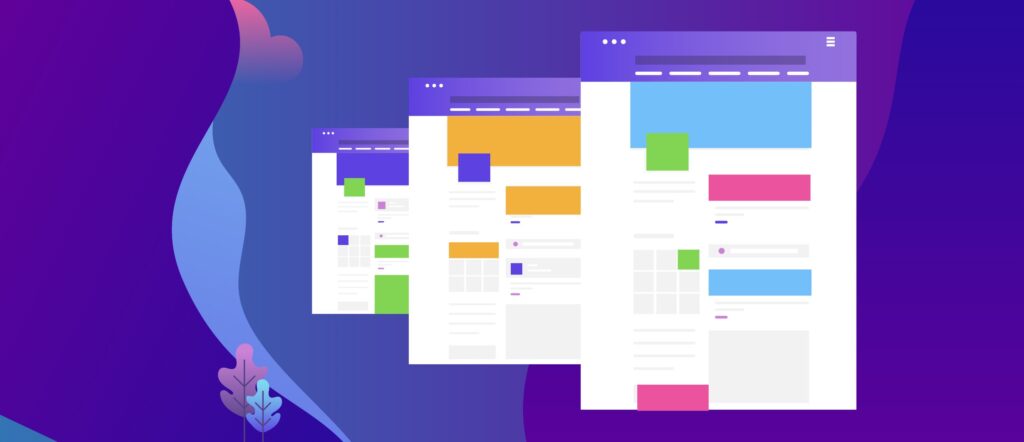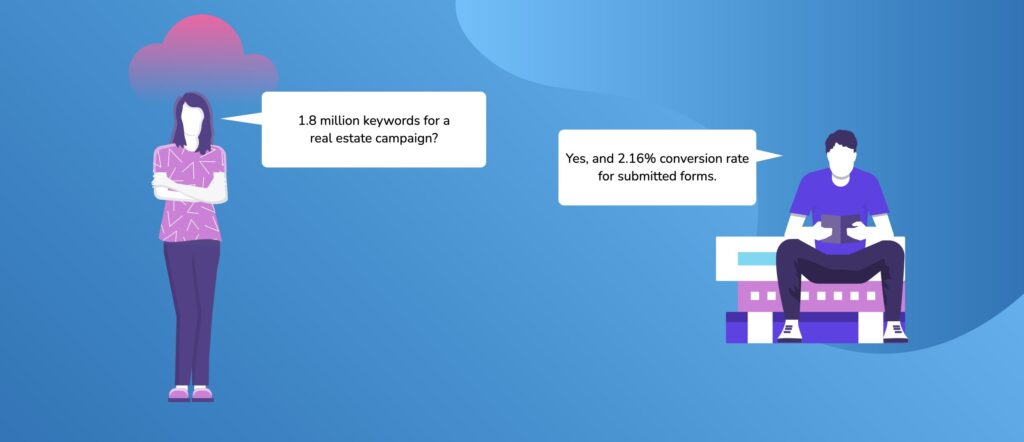
The Specifics of Landingpages for Transactional Search Queries
Having discussed the unique aspects of landingpages for informational and navigational search queries in previous articles, we now turn our attention to transactional search queries.
After all, searches on search engines can essentially be attributed to these three different user intentions. In the context of SEA (Search Engine Advertising), it is primarily the transactional search queries that receive special attention due to their signaled high buying intent and direct conversion opportunities. Therefore, creating appropriate landingpages requires a particular focus on design and form.
This article will discuss the specific requirements of such search queries for landingpages and introduce ways to meet them both efficiently and effectively.
Transactional Search Queries and Their Demarcation
There are clear distinguishing features between the three previously mentioned search intentions:
Transactional search queries, the focus of this article, directly relate to the purchase of a product or service and offer high conversion potential. They are particularly attractive for advertisers as they reflect very specific purchase intentions of users. Navigational search queries link a product or service with a geographical location, whereas informational search queries focus on researching information about a product or topic.
Challenges for Transactional Landingpages
The presented content should ideally vary not only from search intention to search intention but also within the transactional category, although usually not to the extent as with informational or navigational queries. However, it is often the case that, for example, heterogeneous product or service requests need to be displayed individually. This poses challenges in the SEA field when trying to showcase the most relevant content for transactional search queries.
While the effort for display regarding the text remains manageable as the title can be up to 3×30 characters and the text body 2×90 characters only, there are no such restrictions for a landing page. This broadens the possibilities to display specific product information, purchase incentives, or special offers. Users might look for detailed product descriptions, customer reviews, or offers on similar products.
Distinctive Features of the Navigational Landingpage
The design of a landingpage for a transactional search query should be aimed at efficiently guiding the user through the so-called conversion funnel towards a desired goal, usually a purchase or another specific action.
A clear Call-to-Action (CTA) is essential for performance. It should not only be eye-catching but should directly lead the user to the desired action, such as a purchase. Customer reviews and testimonials can additionally have a significant influence as they strengthen the trust of potential buyers in the product or service. To further solidify this trust, trust-building elements such as seals, certificates, and secure and diverse payment options are crucial. If the user decides to make a purchase, they should be provided with a simple and straightforward checkout process to avoid purchase drop-offs. The use of high-quality visual elements is also essential, as images or videos can give the user a better understanding of the product or service and highlight its value. The pricing should also be clear and transparent to eliminate any uncertainties. Another effective way to encourage the user to make a quick decision is limiting factors (artificial scarcity). Hints like “only a few left” or “offer ends soon” can increase the feeling of urgency and speed up the completion of a transaction.
Effects on Campaign Performance
If the landingpages is directly tailored to the transactional search query, it naturally enhances the performance of the campaign significantly. Advertisers who can optimize their landingpages content for each search query often achieve noticeably better KPIs such as longer duration and higher conversion rates than conventional campaigns.
However, it’s essential to note the following: The broader an advertiser’s product or service range becomes, the more complex the task of providing targeted content becomes. Generic landingpages designed for a narrow range of keywords quickly become inadequate in such cases. Hence, advertisers often tend to focus on specific parts of the supply rather than representing the entire diversity. A quite understandable effort aversion, which however leaves a lot of potential untapped.
Lyftyfy Allows Individually Tailored Landingpages for Every Keyword
The SEA tool, lyftyfy, revolutionizes this aspect by offering the ability to automatically create bespoke landingpages for any keyword diversity, drastically reducing the otherwise significant effort. This campaign architecture can generate dynamic content for any conceivable keyword combination. This remains entirely independent of whether there are a hundred, a thousand, or even up to 4 million pages (Google’s upper limit) since the effort always remains the same.
Lyftyfy creates all pages based on the same template to ensure consistent corporate design, however it still allows the integration of specific content for each keyword and its possible combinations. This ensures that an individually tailored and highly relevant landingpages is always created for every search query.
Lyftyfy is thus particularly suitable for campaigns that handle a large number of transactional search queries – such as in e-commerce, online tourism, or specialized services – ultimately, anything that directly targets the purchase or a specific user action. Especially when it’s a product that needs a bit more explanation. This could for instance include suppliers for the industry, machine builders, or logistics service providers.


